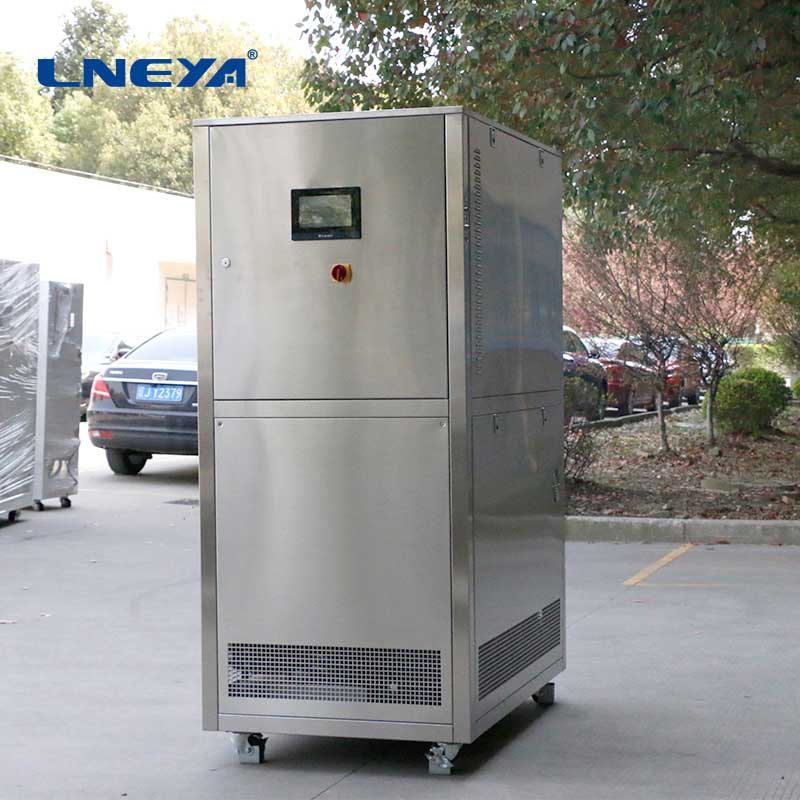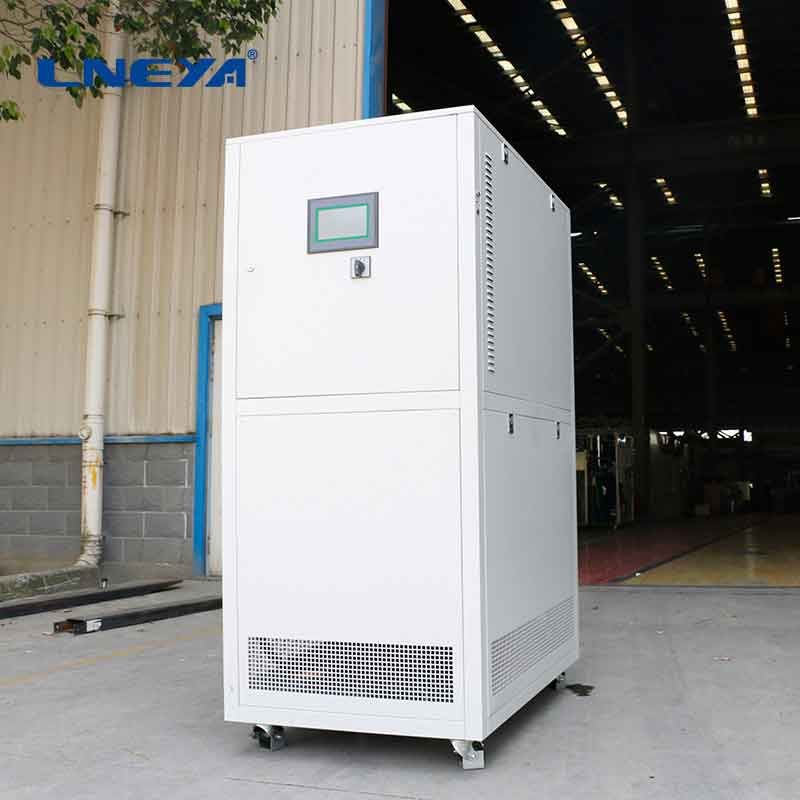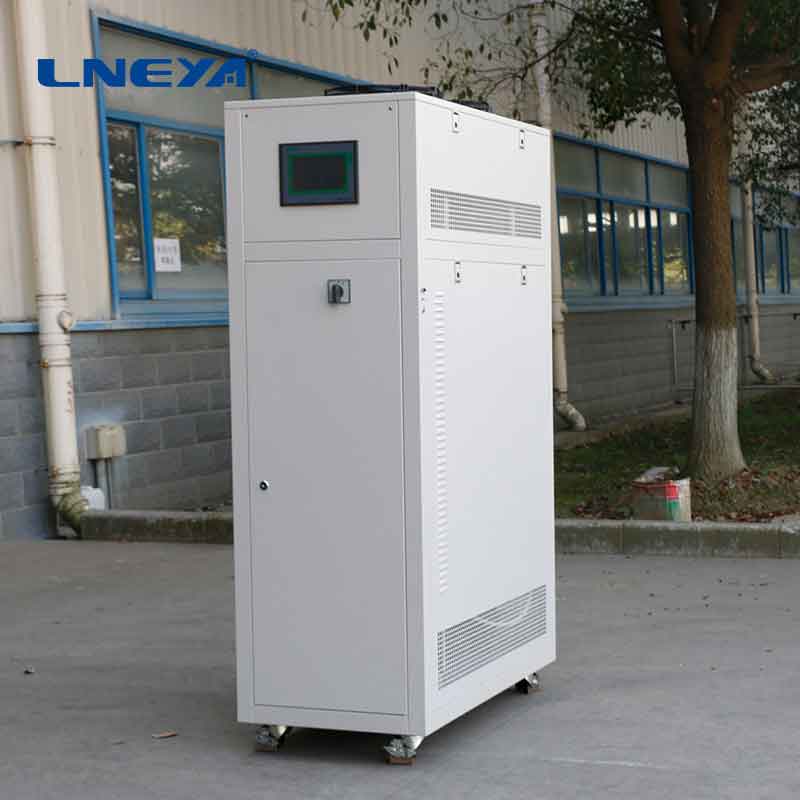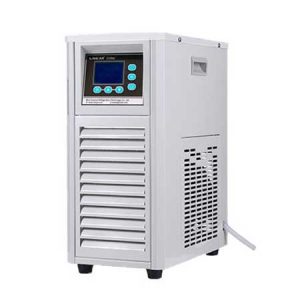operation of chiller
The Operation of Chiller Equipment
Chiller equipment is an essential component in many industrial and commercial processes where temperature control is critical. These systems operate on well-established thermodynamic principles to provide cooling for processes, buildings, and other applications.

Basic Operation of Chillers
The operation of a chiller begins with a low-pressure refrigerant entering the evaporator, where it absorbs heat from the process fluid, such as water or a glycol mixture. This absorption causes the refrigerant to evaporate and turn into a gas. The gaseous refrigerant is then compressed in a compressor, which raises its pressure and temperature.
The high-pressure refrigerant gas then flows to the condenser, where it releases heat. In water-cooled chillers, this heat is transferred to cooling water that is circulated through a cooling tower or other heat rejection system. In air-cooled chillers, the heat is expelled directly to the atmosphere. The condensed refrigerant, now a high-pressure liquid, then passes through an expansion valve, which reduces its pressure and causes it to cool further.
Finally, the cooled refrigerant returns to the evaporator, where the cycle begins anew. This continuous refrigeration cycle is what provides the chiller’s cooling capacity.

Key Components of Chiller Equipment
Compressor: The compressor is the heart of the chiller system, responsible for pressurizing the refrigerant and enabling the refrigeration cycle to proceed.
Condenser: The condenser’s role is to release heat from the refrigerant to the external environment, either through a cooling tower or by direct air exchange.
Evaporator: The evaporator is where the refrigerant absorbs heat from the process fluid, providing the cooling effect needed for the application.
Expansion Valve: This component meters the flow of refrigerant into the evaporator, ensuring the correct amount of refrigerant is used for optimal cooling.
Innovations and Industry Trends
The chiller industry is continuously evolving, with a strong focus on energy efficiency and sustainability. Innovations such as AI-powered chiller systems, as implemented by TSMC, have led to significant energy savings and reductions in carbon emissions. The industry is also seeing growth in the demand for chiller equipment, driven by the need for cooling in data centers, pharmaceuticals, and the food and beverage sectors.

Energy Efficiency Optimization
Optimizing the energy efficiency of chiller systems is a critical area of focus. Researchers are developing advanced models and algorithms to improve the sequencing of multiple chillers with asymmetric capacities, leading to significant energy savings. For example, a Modelica-based simulation platform has been developed to optimize multi-chiller systems, considering factors such as wet-bulb temperature and cooling load.
Conclusion
The operation of chiller equipment is fundamental to many industries and applications. As the market for chiller equipment grows, driven by demand for more efficient and sustainable cooling solutions, the industry continues to innovate and develop new technologies. The focus on energy efficiency and the integration of advanced control systems are key trends shaping the future of chiller operations.
Related recommendations
propylene glycol chiller
467Understanding Propylene Glycol Chillers Propylene glycol chillers are a type of industrial process chiller that uses a mixture of propylene glycol and water as a coolant. This mixture is circul...
View detailscool heat
224The concepts of cool and heat are integral to human life, influencing everything from our daily comfort in homes and workplaces to the intricate processes in industrial manufacturing. The ability ...
View detailsrefrigerant chiller system
594Refrigerant Chiller Systems: Efficient Cooling for Diverse Applications Refrigerant chiller systems are critical components in many industries and commercial facilities where precise temperatur...
View detailsWhat should be paid attention to in the correct selection and debugging of water cooled industrial chiller?
971What should be paid attention to in the correct selection and debugging of water cooled industrial chiller? Firstly, the correct selection of water-cooled industrial chillers is the fou...
View details
 LNEYA Chiller
LNEYA Chiller





HelloPlease log in